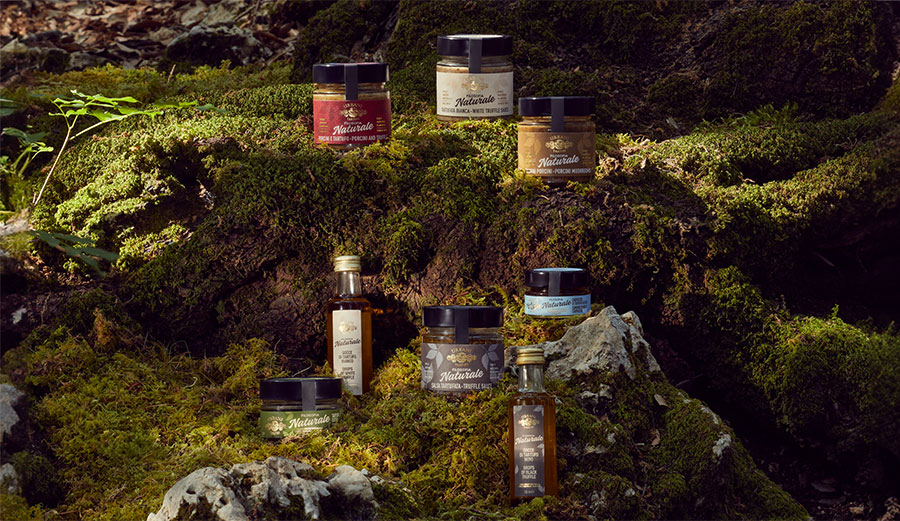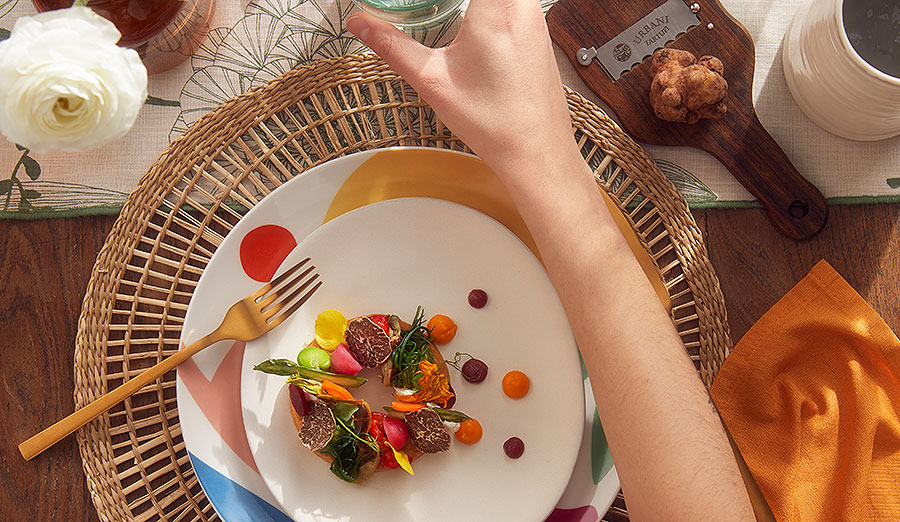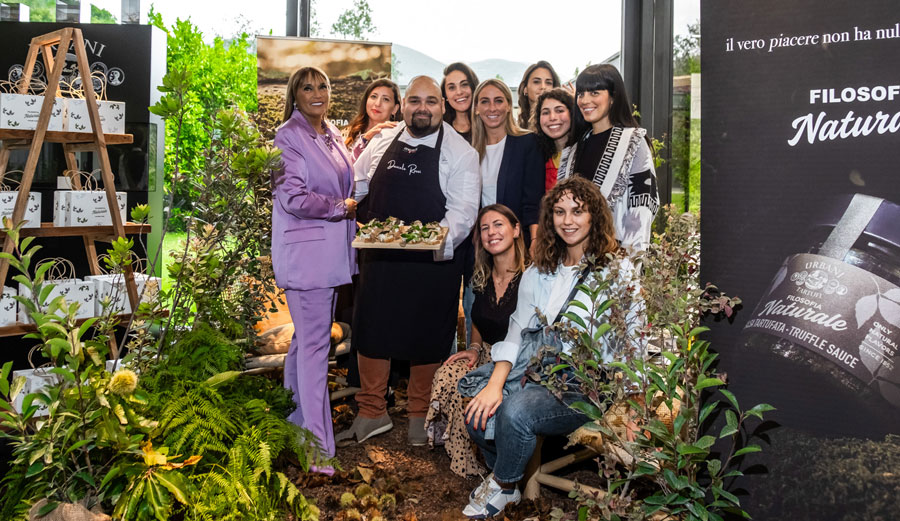Truffle and Cinema: inside a story made of love, details and some fiction
It’s Awards Season, the season of cinema. If the love story between cinema and truffle is full of quotes –from international auteur films to Italian comedies- with pages of literature and critic featuring this precious fruit of the earth as the main character, it is also true that, sometimes, truffle and its charming world have been the “victim” of some inaccuracy or cinematographic tricks.
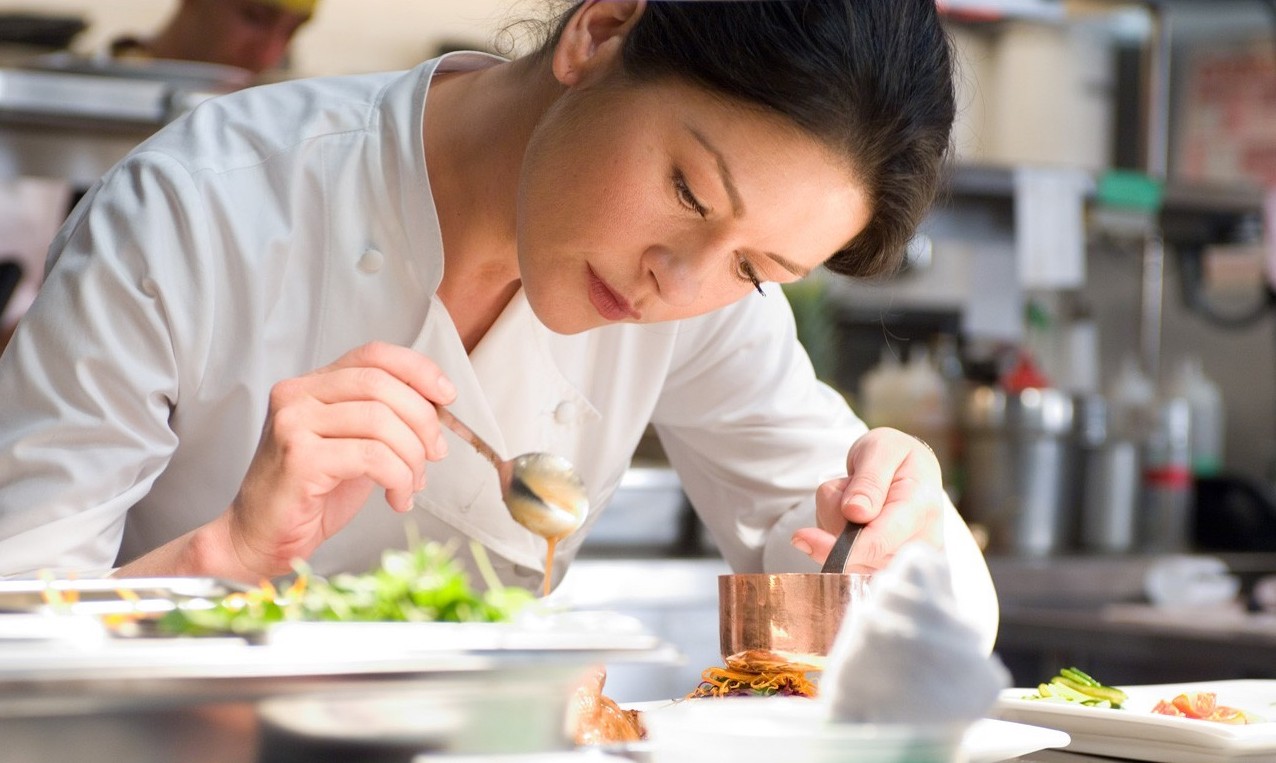
Let’s not make a big deal of it, as we believe that every cinema quotation honored truffle in a sublime way, contributing to spreading its knowledge and value. However, we are talking about a complex world and culture, given their connection to oral traditions, nature’s cycles or simply because they are far from other cultures and habits. In order to achieve the most appropriate diffusion of truffle’s knowledge we think it would be useful to start from some small episodes or details not altering at all the value of the movies –some true masterpieces at times.
In this way, we will be able to let truffle into our houses enhancing its presence and magic, as only cinema can do. Let’s begin with an almost contemporary movie, No Reservations, directed by Scott Hick in 2007, featuring Catherine Zeta-Jones as Kate, a talented chef, owner of a successful restaurant, but a little clumsy in her private life and, maybe –we might add-, also in rescuing her truffles.
Do you remember the scene where she saves her precious black truffles -thrown away by her niece who did not like their smell- by putting them in a box filled with rice?
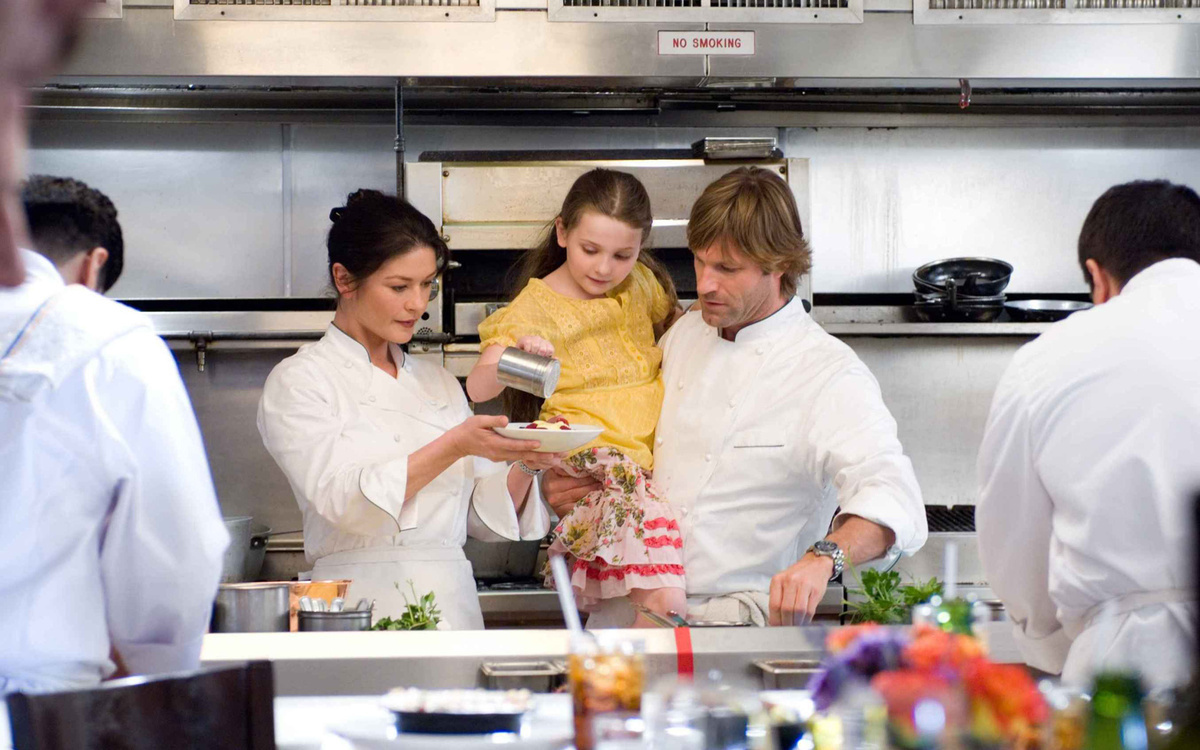
Actually, the solution found by the director or the screenwriter follows some practices still used in some regions today, but it’s not ideal, as the dehydrating properties of rice can accelerate the truffle’s decomposition process. Before putting it into the fridge, Urbani Tartufi recommends the vacuum sealing technique; in this case, Kate should have cleaned the truffles with a damp cloth and wrap them in some paper towels before vacuum sealing them.
This technique also helps to isolate truffles from smells and contaminations with other products kept in the fridge. Incidentally, the detail of wrapping fresh truffle in paper towel is a practice that –if done correctly- allows to preserve the product for an extra week/ten days.
Let’s move on to a masterpiece of the late twentieth century, Babettes’ Feast (1987 ), written and directed by Gabriel Axel, based on the same-named novel by Karen Blixen, both revived by Pope Francis’ words defining Babette’s Feast a high example of food sharing and a metaphor of its most inherent value. We won’t retrace all its steps here, but we’ll begin with the fact that its protagonist wishes to thank with all her heart some people that are important to her, and, in order to do so, she spends a great deal of money to organize an unforgettable lunch, full of refined recipes with rare ingredients. The menu includes some delicious quails in a crust of black truffle.
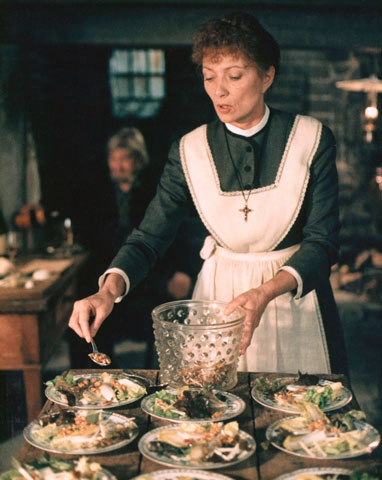
Even in this case, we think that the recipe’s choice and execution were of the highest quality, but looking closely at the scene of the preparation, a keen eye cannot miss an important detail about black truffle.
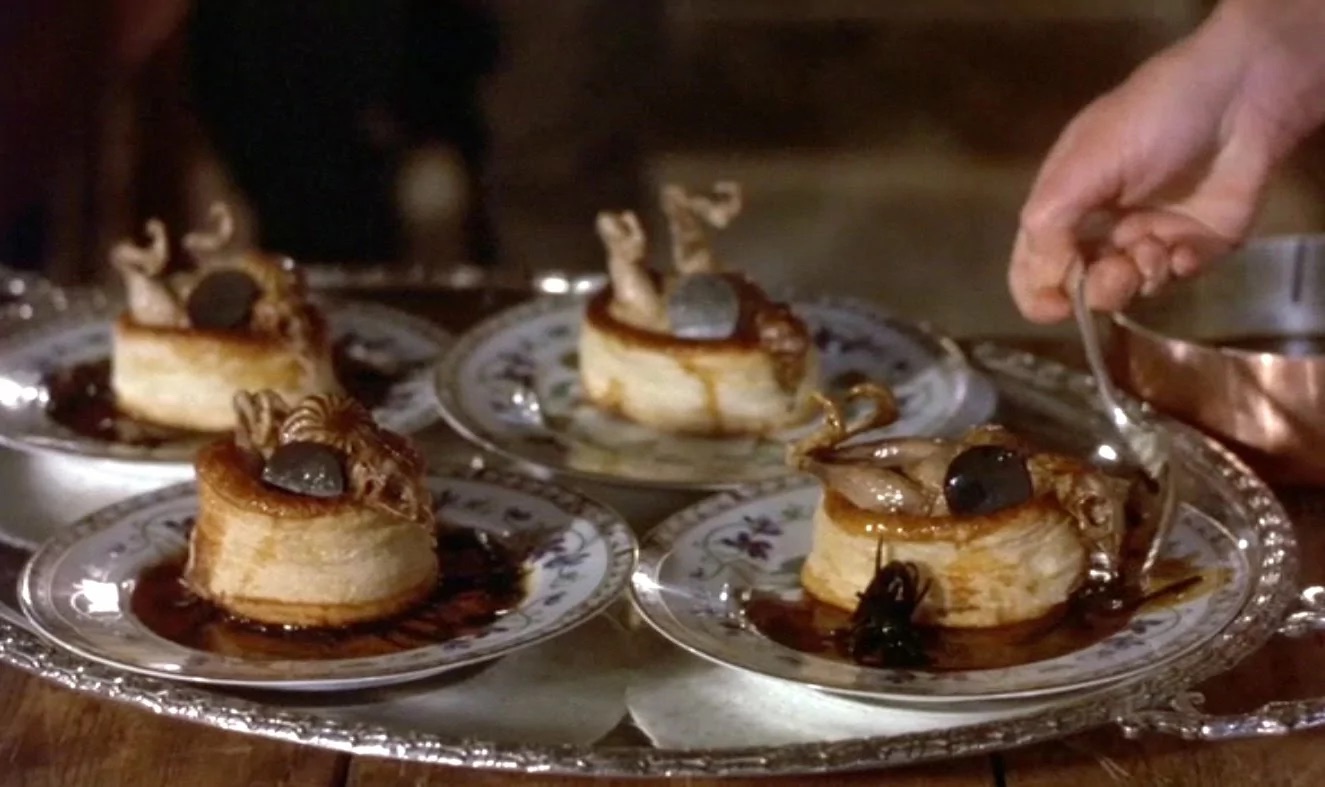
We guess that the truffles used here are fake, maybe a prompt or another ingredient disguised as real truffle. In fact, we know that both precious black truffle and summer black truffle, at the top of their maturation, present many white or light veins on the inside. The opposite of the black characterizing the slices of the allegedly fake truffle in the scene where Babette is preparing her delicious quails.
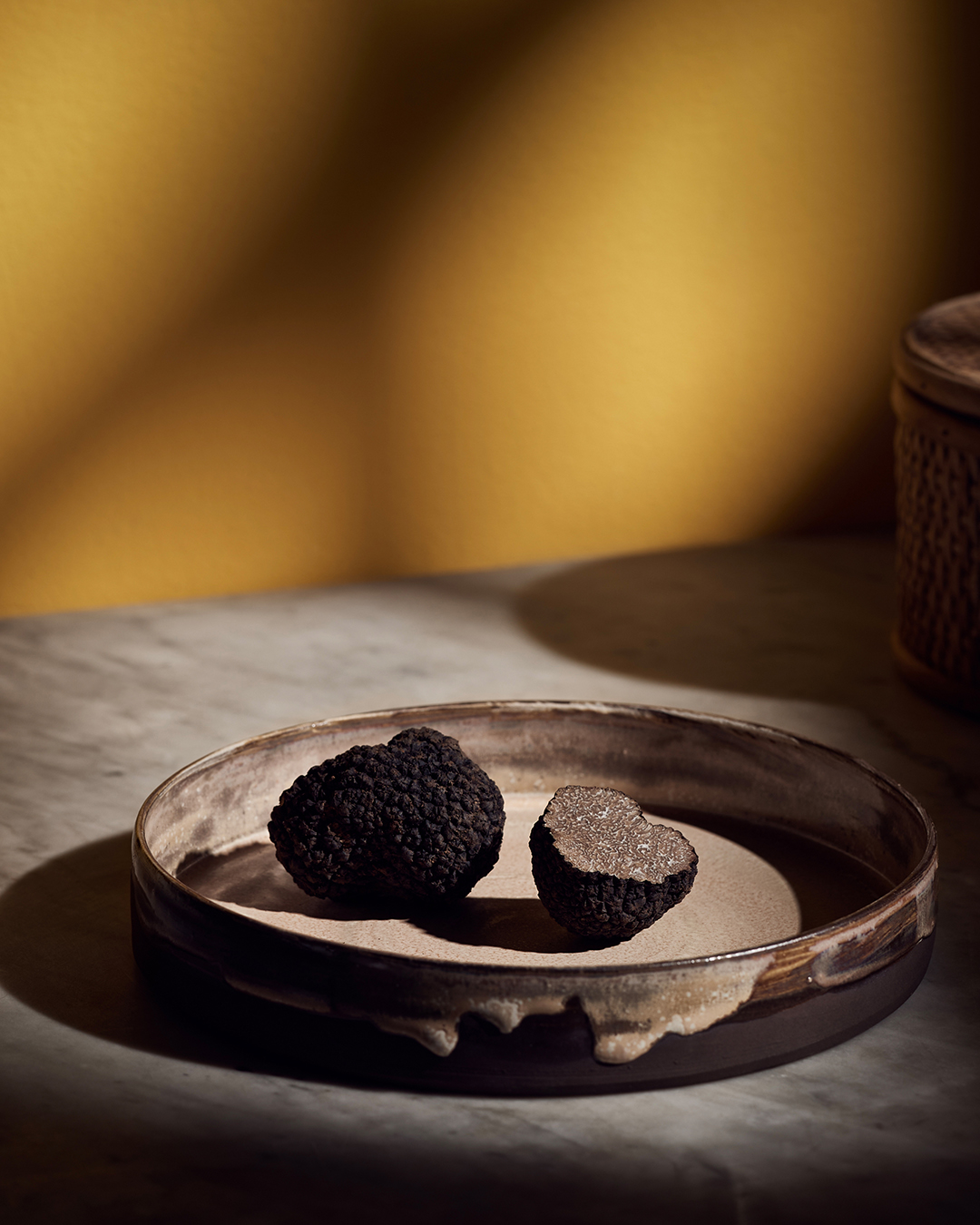
Our eyes also caught another detail in these images and it’s the way the protagonist slices the truffle, i.e. with a big knife.
We are obviously talking about a film set in the late nineteenth century, when the tools used to process and cook truffle were also different and there was still no truffle slicer; its use began in those years, and it spread during the twentieth century. It is a fundamental tool for truffle lovers and cookers nowadays, as well as an iconic design object fascinating collectors, chefs and enthusiasts.

